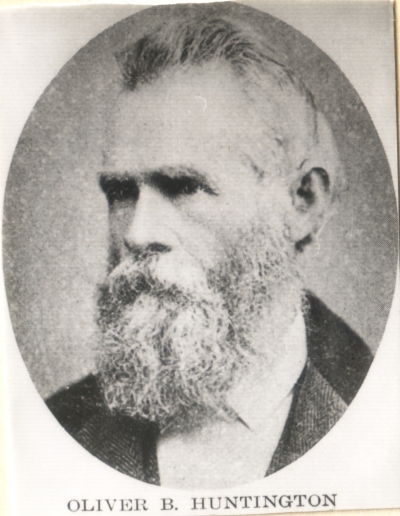
Who was O. B. Huntington in Mormon Church History?
O. B. Huntington lived around Mormon saints in the early days of the Mormon Church. Anti-Mormons have used extracts from his diary to form biased propaganda.

O. B. Huntington lived around Mormon saints in the early days of the Mormon Church. Anti-Mormons have used extracts from his diary to form biased propaganda.
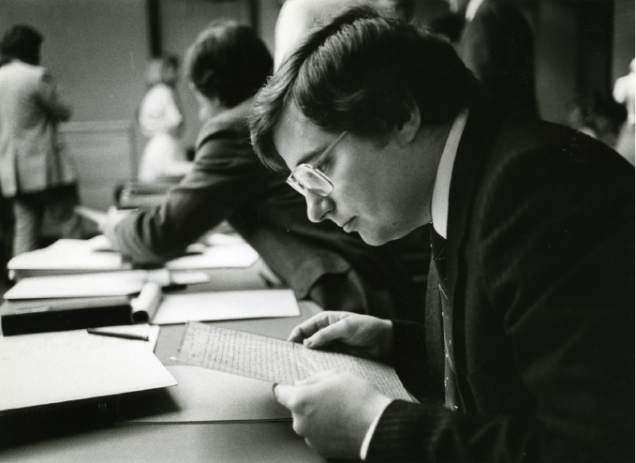
Mark Hoffman forged a letter about Mormon history claiming a white salamander transformed into the spirit guarding the golden plates.
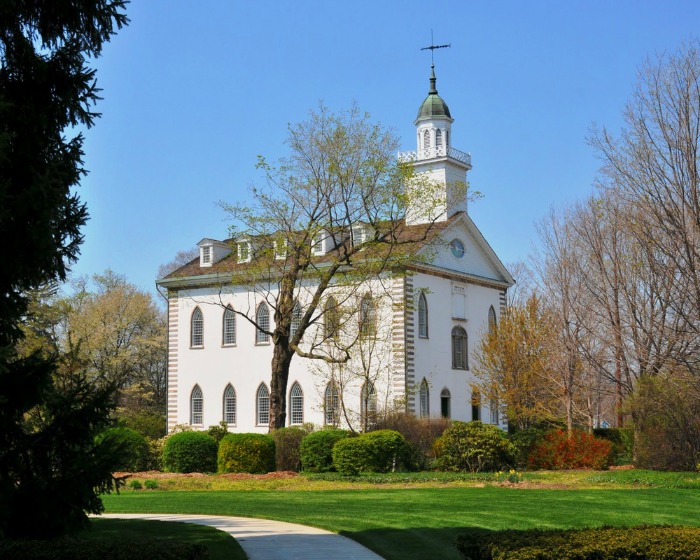
Only with the Nauvoo Temple did Mormons start to do temple ceremonies as they are today, the Kirtland Temple was preparatory.
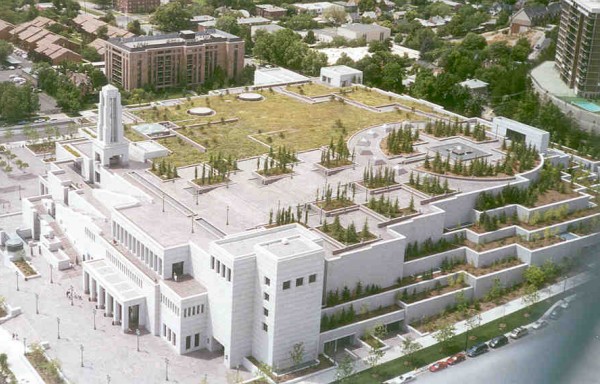
Before the Mormon Conference Center was built, Mormon prophet Brigham Young prophesied that the Mormons would erect buildings with groves and fishponds on top, and that is now a reality.
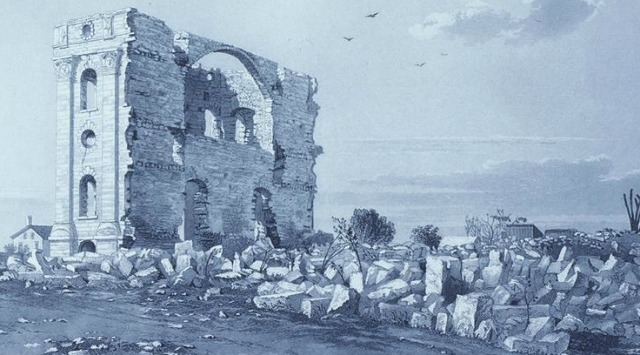
When the Mormons left Nauvoo, they were forced to leave all of the property and artifacts of the Mormon Nauvoo Temple. The Mormon Temple was then looted and burned by mobs.
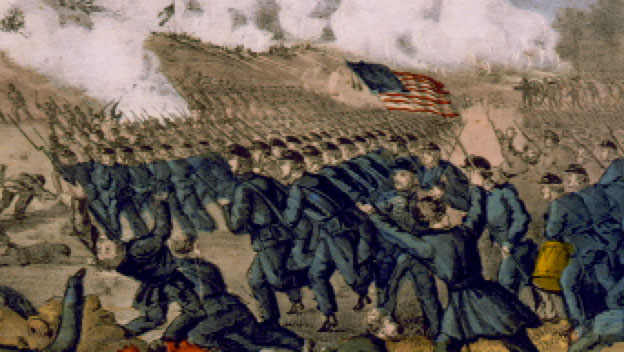
Mormons were generally from Northern states or England, consequently the members of the Mormon Church were generally opposed to slavery.
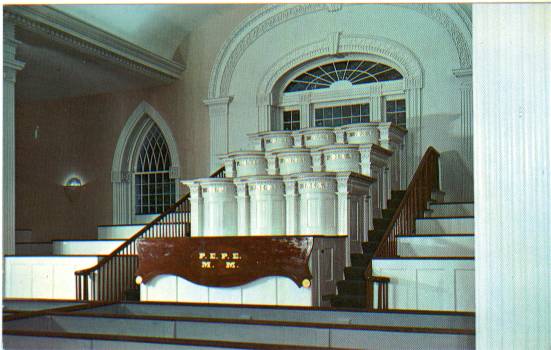
The letters on the pulpits of the Mormon Kirtland Temple referred to the Mormon Church positions of those who sat in those particular seats. One pulpit was for the Melchizedek Priesthood, the other for the Aaronic Priesthood.
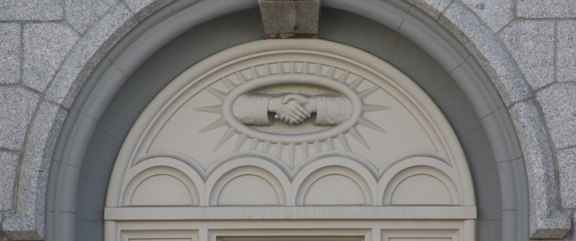
Although Mormon prophet Joseph Smith was a Mason, he did not attend many meetings, did not reveal the Masons’ secrets, and was not murdered specifically by Masons. Since Joseph Smith restored Mormon temple ordinances before he ever became a Mason, there is no connection between the symbols of the Masons and of the Mormon temple.
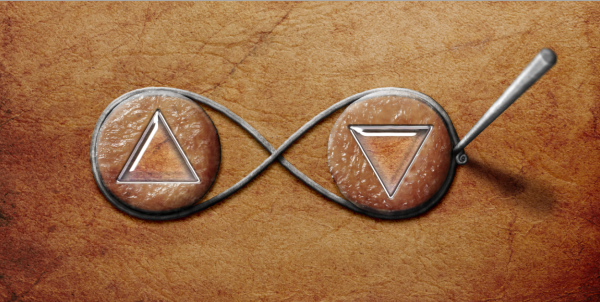
After Joseph Smith finished translating the Book of Mormon, he probably returned the Urim and Thummim to the angel Moroni.
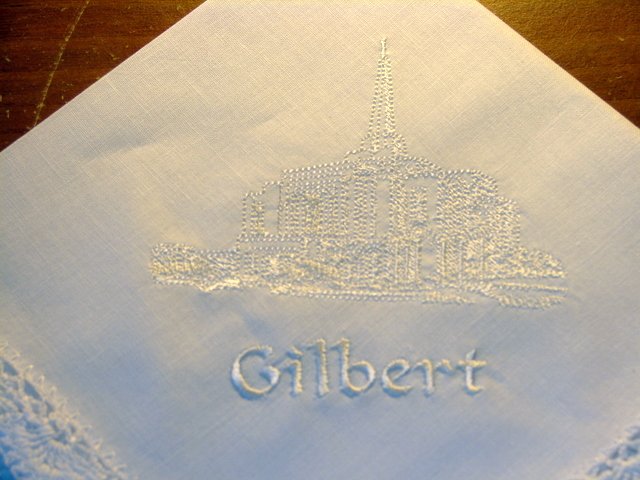
During the dedication of Mormon temples, members in attendance carry white handerchiefs. This is done as a sign of jubilation during the Hosanna Shout and relates to the biblical practice of waving palm branches.